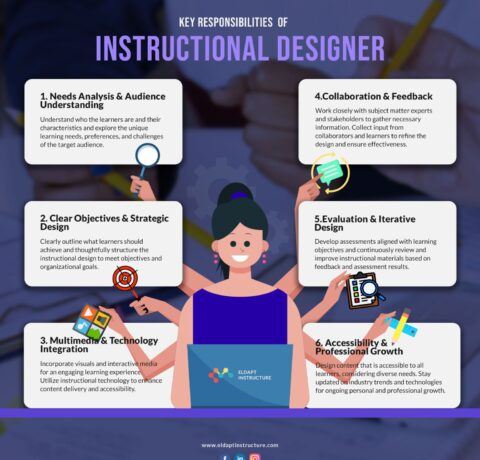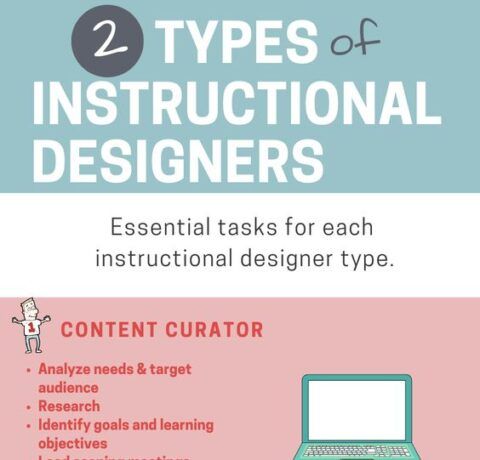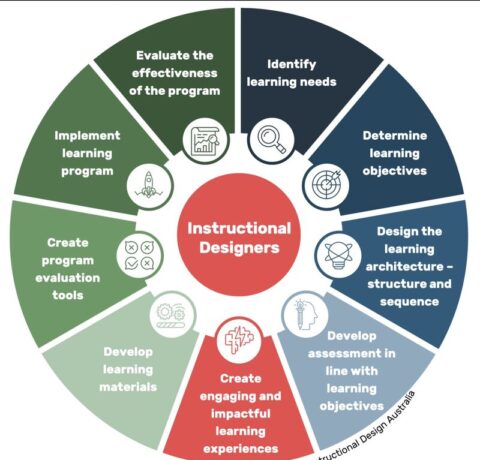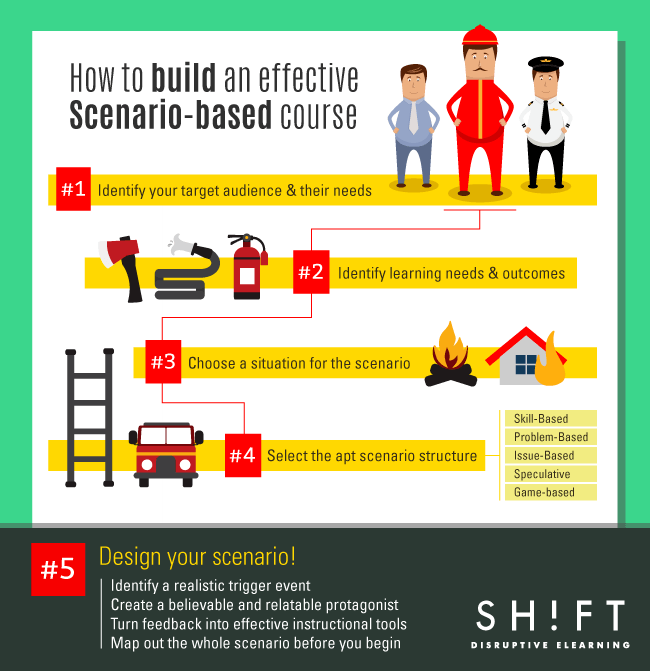How to Build an Effective Scenario-Based Course Infographic
A scenario in an eLearning course is essentially a story. It has a plot, characters, and a problem that the learners resolve. The plot mirrors the workplace reality of the learners. The protagonist has a similar life situation as that of the learners; he shares their goals and aspirations and is plagued by the same workplace woes as they are. He is up against an antagonist that is actually the problem that the course has set out to resolve. The How to Build an Effective Scenario-Based Course Infographic show how you can create an engaging interactive scenario that feels "real" to your learners. They should be able to relate to the protagonist and find him believable when he guides and advises them.
5 Tips to Build an Effective Scenario-Based eLearning Course
1. Identify your target audience and analyze their needs
You have to know, connect to, and empathize with your learners, so you can create relevant, engaging, and effective scenarios.
2. Identify learning needs and outcomes
Learning outcomes are the goals of your course. These are the objectives (one or more) that your course sets out to achieve. Of course, the choice depends on the needs of the learners. If you know your target audience well, you can determine their wants accurately and formulate the outcomes accordingly
3. Choose a situation for the scenario
There may be ample critical situations at the workplace where your learners will be expected to apply their knowledge. But you cannot or should not turn every situation into a scenario. Neither will every situation lend itself to this instructional treatment.
4. Choose the apt scenario structure
There are several types of scenarios. Every type is suited for teaching a particular type of skill. You have to decide which type will facilitate the most effective and effortless transfer of learning from the course to the job.
Different scenario types:
- Skill-Based Scenario: the learner is expected to demonstrate skills and knowledge he has already acquired.
- Problem-Based Scenario: ideal for situations where learners have to integrate their theoretical and practical knowledge to investigate a problem. Decision-making, logical reasoning, and critical analyses are integral components.
- Issue-Based Scenario: learners get to take a stand on issues, usually with humanitarian perspectives, and explore these to understand how these affect decision-making in professional spheres.
- Speculative Scenario: learners have to predict the outcome of an event in the future based on their knowledge and deductions.
- Gaming Scenario: involves the use of games as learning tools.
5: Design your scenario
Designing a scenario is not just about crafting an engaging story; you have to also ensure it remains instructionally effective.
Read also:
- Why You Should be Using Scenarios in e-Learning
- The Basics of Scenario-Based e-Learning
- Tips To Write Effective eLearning Course Scenario Questions
- Top 10 Branching Scenario Techniques







You can adjust your cookie preferences here.